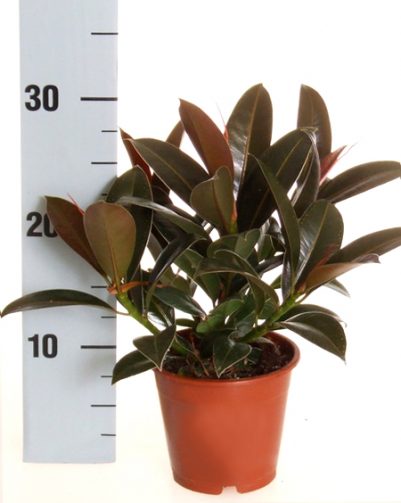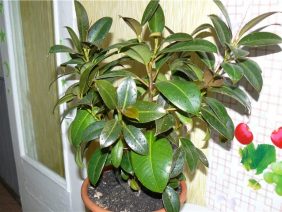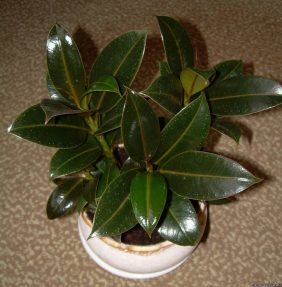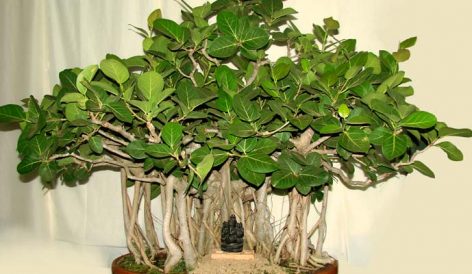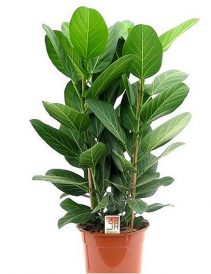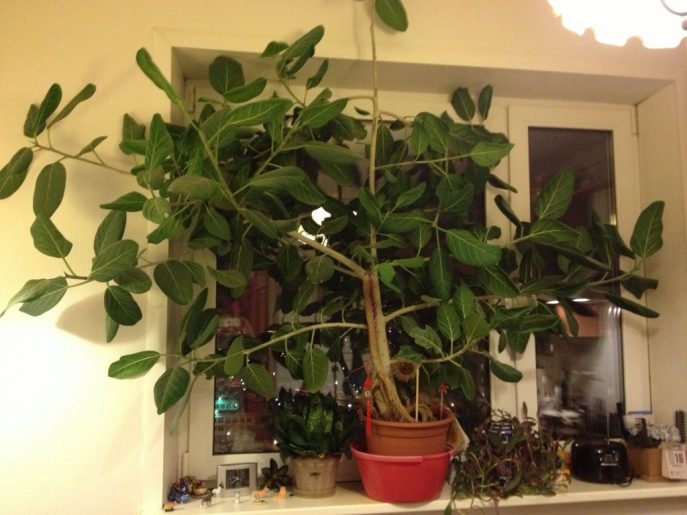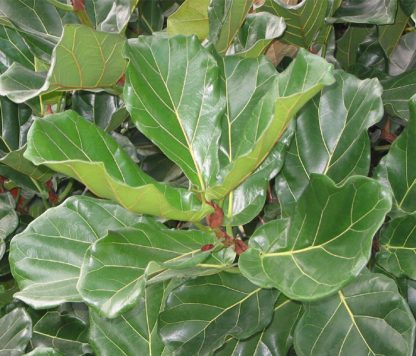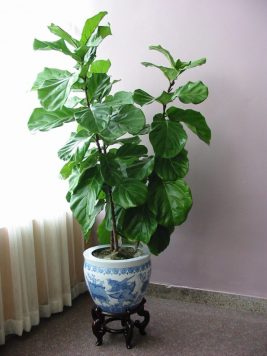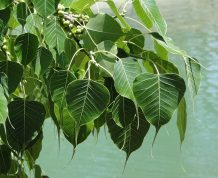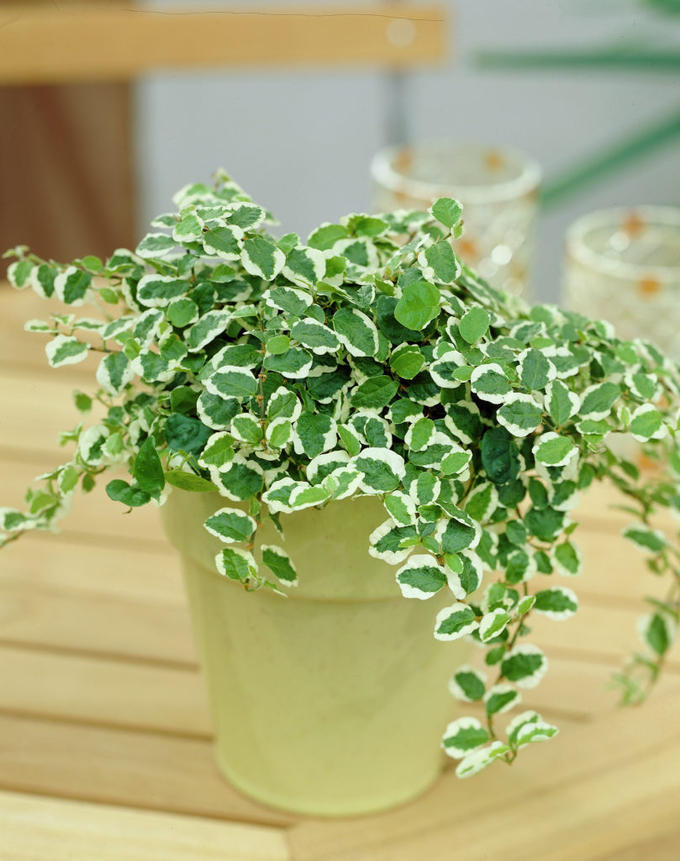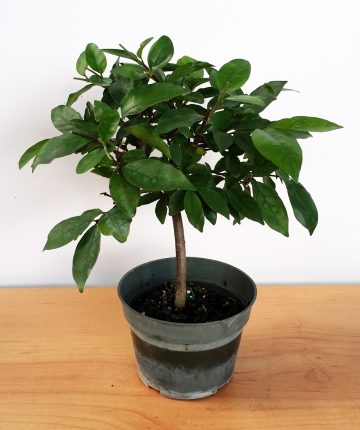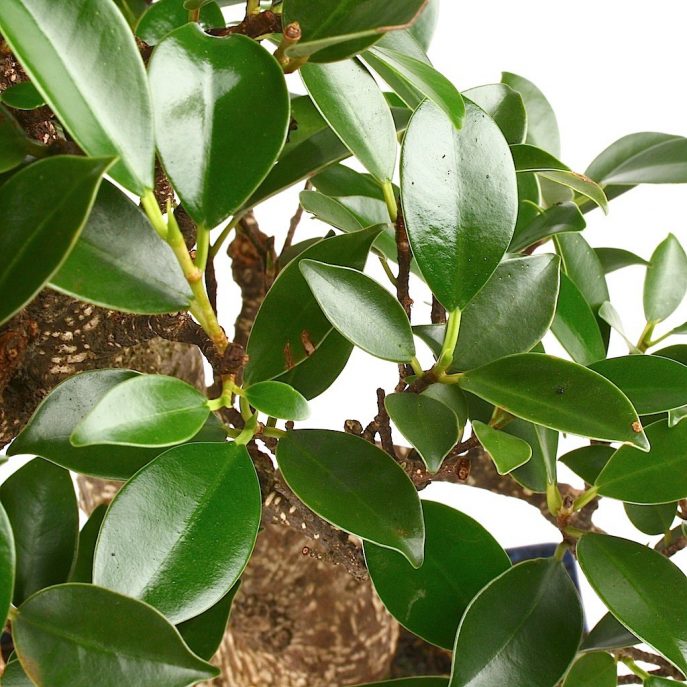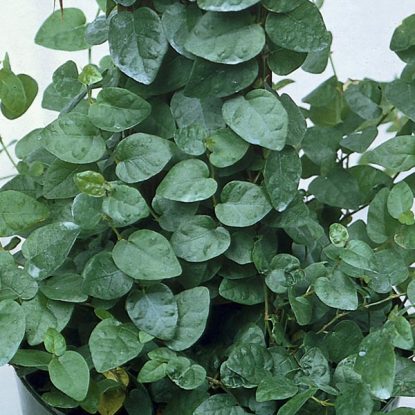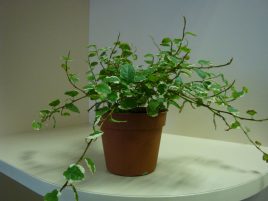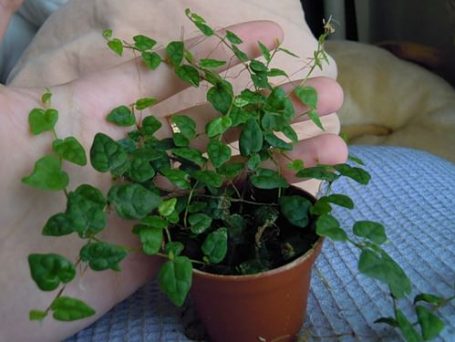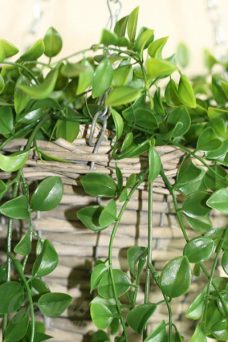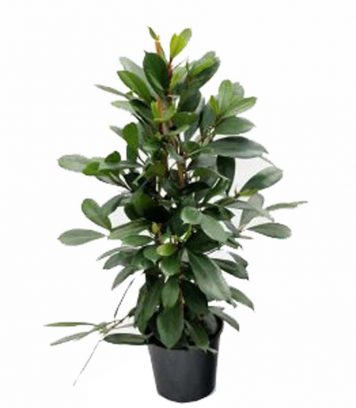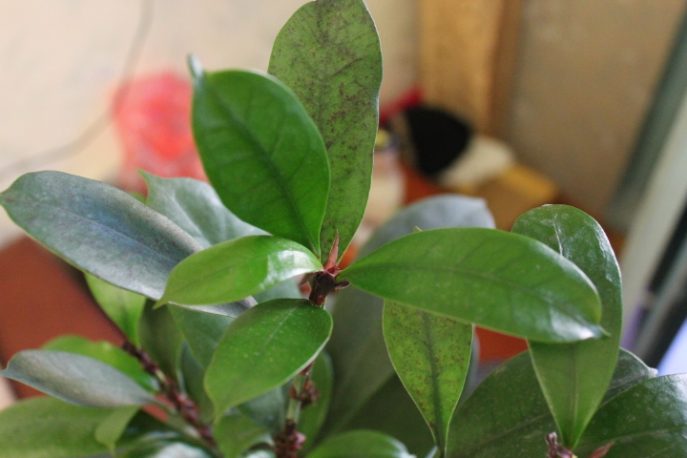Ficus from the Mulberry family is an evergreen plant that can grow in the form of a tree, shrub or creeper. In many residential and office premises, it has become an integral part of the interior, purifying and enriching the air with oxygen. Its popularity is also due to the fact that the care of ficus at home, while meeting its requirements for humidity and lighting, is very simple.
Material Content:
- 1 Ficus: types, varieties and nuances of growing
- 1.1 Ficus rubbery (elastic)
- 1.2 Ficus Melanie
- 1.3 Ficus Robusta
- 1.4 Bengal ficus
- 1.5 Ficus Benjamin
- 1.6 Ficus Kinki
- 1.7 Ficus Microcarpus (Ficus Bonsai)
- 1.8 Lyric Ficus
- 1.9 Ficus Ali
- 1.10 Sacred ficus
- 1.11 Rooting (dwarf) ficus
- 1.12 Pumila White
- 1.13 Triangular (triangularis) ficus
- 1.14 Ficus Retusa
- 1.15 Variegated Ficus
- 1.16 Creeping ficus
- 1.17 Ficus Parcel
- 1.18 Ivy ficus
- 1.19 Deltoid (variegate) ficus
- 1.20 Ficus goblet
- 1.21 Ficus Palmer
- 2 Ficus Care at Home
- 3 Pests and diseases - how to treat?
- 4 Ficus propagation
- 5 What problems can the flower grower face?
Ficus: types, varieties and nuances of growing
The numerous genus in the natural environment includes more than 900 species, some of which are also grown as potted crops.
Ficus rubbery (elastic)

View with massive leathery leafy plates painted in dark green. In a room environment is characterized by poor branching. With proper care, allowing the exotic representative to fully develop from early spring to late autumn, its height can exceed 2 m. In case of damage to the culture, milky juice is released, which is used in industry for the manufacture of rubber.The species, also known in the scientific literature as ficus elastica, has its own preferences for content: an abundance of bright but scattered light, moderate temperature conditions in both summer and winter.
Ficus Melanie
A variety of rubbery ficus with branching shoots on which aerial roots form over time. Leathery dark green leaves, arranged alternately, when forming, have a reddish-brown tint, not typical of the main species. When cultivating varieties, do not allow too low a level of humidity.
Ficus Robusta

An unpretentious variety of rubbery ficus, which is distinguished by thick leaf plates with a characteristic color for the species. Due to its massiveness, it is an excellent air purifier in indoor premises.
Bengal ficus
In the natural habitat of growth, this species differs in the life form of banyan trees, in which the ficus begins to develop on a larger plant. It takes aerial roots, which after reaching the ground and rooting turn into a trunk. Oval leaves, painted green, have pronounced bright veins. When leaving the apartment should be guided by general recommendations on the content.
Ficus Benjamin

A very popular species in indoor floriculture, distinguished by oblong leaf plates of various colors up to 12 cm in length and up to 6 cm in width (the color will depend on the variety). The branching shoots that form the voluminous crown are covered with dark gray bark with transverse brownish strokes. The features of the variety that affect the care of Benjamin's ficus include dislike of frequent hydration, intolerance to direct sunlight and differences in the placement of the flower depending on the color of the leaves.
Ficus Kinki
Among all the varieties of ficus Benjamin, Kinki's ficus deserves special attention, which differs from the main form by its miniature and variegated green greens with cream edging.
Ficus Microcarpus (Ficus Bonsai)

The tree-like plant, which reaches 25 m in nature in nature, has a dense crown. Long elliptical leaves have a shiny finish and green color. The species begins to develop as an epiphytic plant, which crushes the host stem as it grows. But due to the weakness of the aerial roots, the species is not able to go into the form of a banyan tree. In an apartment environment, culture has spread due to the unusual shape of the root system and the beauty of the lush crown. Also known as ficus bonsai.
Lyric Ficus
The species owes its name to the similarity of foliage with lyre. Large, slightly wrinkled leaf plates, reaching 50 cm in length and 25 cm in width, are decorated with pronounced veins. Aerial roots are absent or underdeveloped. At home, it needs to create a microclimate that is close to natural, with high humidity and without temperature changes.
Ficus Ali
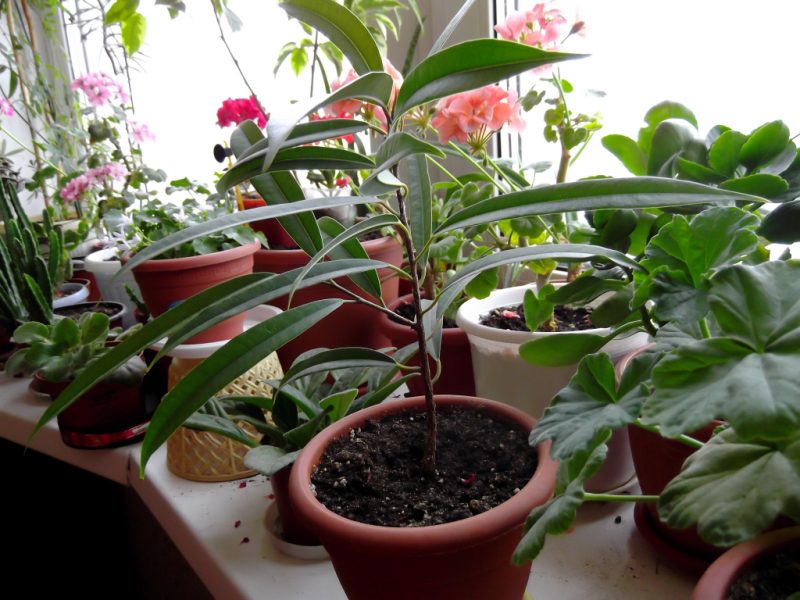
A fairly new, but already winning fans, Ficus Binnendeijk variety. A variety with an elegant trunk and a very dense crown, consisting of rough shoots and oblong, shiny leaves up to 50 cm long. The color of the leaf plates, depending on the shape and variety, can be either monophonic or with spots of other shades. When growing a representative of the tropics, it is worth considering the severity of the crown and installing a support next to the thin trunk, which will allow it to withstand the load.
Sacred ficus
The name of the species is rooted in the Buddhist religion, where the tree is considered sacred. In natural habitats, a deciduous or semi-deciduous plant has the form of a banyan tree, but at home it is grown as a bonsai with a powerful bizarre trunk. The heart-shaped leaf plates are painted green. This is a thermophilic culture, the cultivation of which should not be allowed to lower the temperature below 12 ° C.
Rooting (dwarf) ficus

The species is represented by herbaceous plants that have the ability to take root using their own densely leafy shoots. Oblong or oval leaves can have a uniform or variegated color, which is a varietal sign. When purchasing a plant of this species, the grower must remember that the maximum temperatures during its cultivation are 8 ° C and 25 ° C.
Pumila White
A well-known variety of dwarf ficus, distinguished by a continuous white border along the edge of the leaf plate. Plant conditions are the same as for all varieties of the specified species.
Triangular (triangularis) ficus
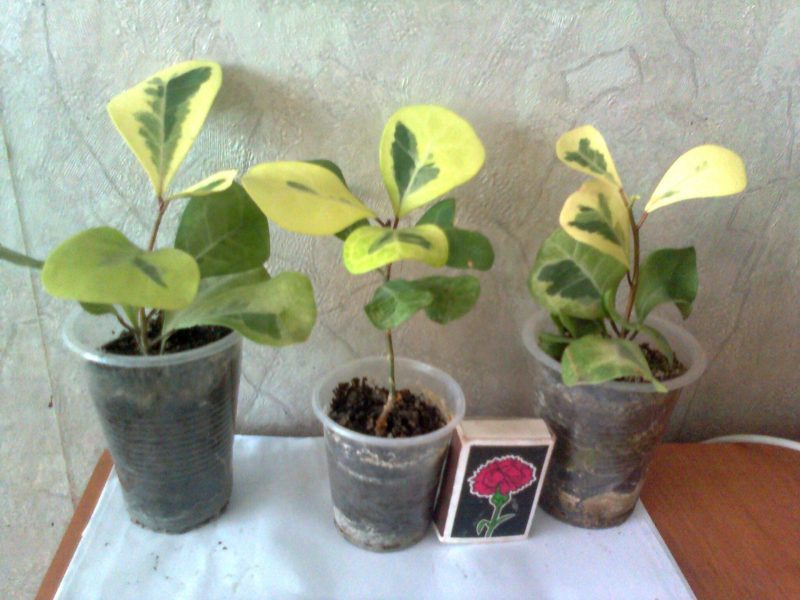
A species growing in the form of a bush or tree with elastic shoots covered with leathery leaves of a triangular shape. The color of the sheet plates is not monophonic with a predominance of light green and white tones. In an apartment environment, needs regular spraying, which helps to refresh the plant and maintain decorativeness.
Ficus Retusa
In indoor floriculture, the species is preferably cultivated as a bonsai due to the bizarre nature of the trunk. Shoots are distinguished by good branching, which allows you to form a dense crown. Shiny, green leaves are ovoid. The conditions of detention are unassuming.
Variegated Ficus

The name of the species indicates a feature that distinguishes it from other representatives of the genus and consists in the presence on the plant of leathery leaves of various sizes. It has become widespread in indoor floriculture due to slow growth rates and a maximum height of 1 m. Green leaf plates are covered with poorly visible dark inclusions. Throughout the year, inedible fruits similar to olives form on the crop.
Creeping ficus
A compact shrub whose shoots twist well. And thanks to the suction cups on the underside of small, slightly rough leaf plates painted in bright green color, the plant can easily be fixed on any surface.
Ficus Parcel
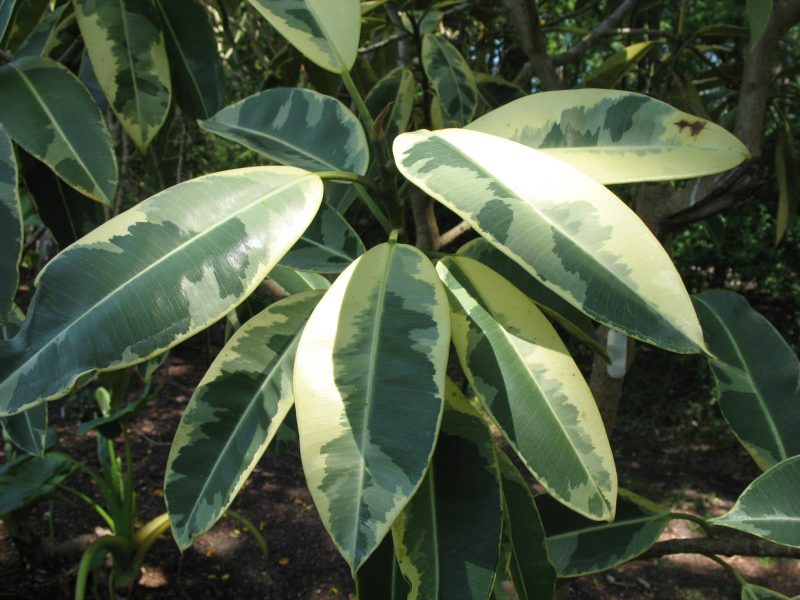
An extraordinary tree-shaped look, distinguished by oblong leaves, the pointed end of which resembles a sting. Leaf plates up to 18 cm long have a peculiar coloring - the green background is strewn with specks or strokes of light tones. Leafy shoots branch well. Despite competent care, which consists in maintaining a high level of humidity, moderate temperature and preventing drafts, the view develops rather slowly.
Ivy ficus
Due to the ability to wrap around supports, at home a species with the shape of leaves, like ivy, is grown as an ampel plant. The culture is notable for watering requirements, in which the soil should remain slightly moist, and the presence of space for the development of elastic shoots covered with bright green leaf.
Deltoid (variegate) ficus
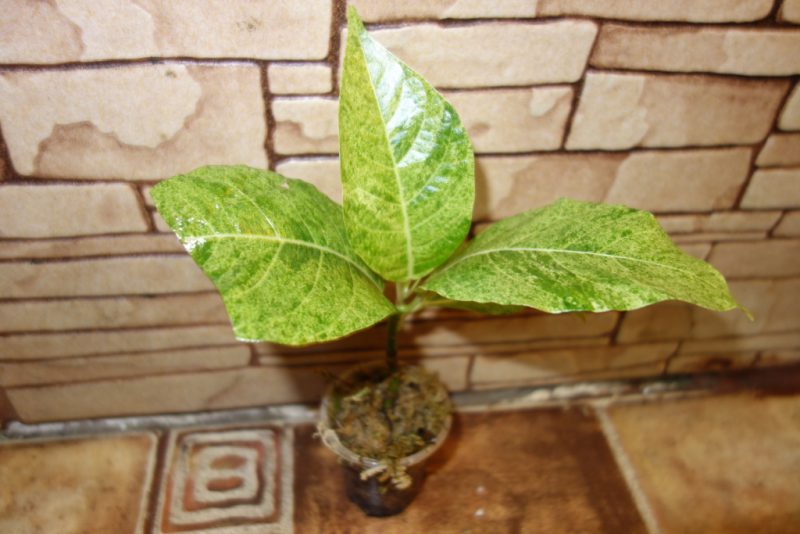
View with leathery sheet plates resembling the letter "delta" from the Greek alphabet. Shiny foliage with a length of up to 8 cm and a width of up to 7 cm is painted in light green color, the monotony of which on the upper side of the sheet is diluted with white specks, and the lower one with several black ones.
Ficus goblet
In form and color of leaf blades, the species is not much different from other representatives of the genus. A distinctive feature is the presence of large scaly stipules of brown color. In the fruiting phase, yellow, edible fruits form. The plant is very undemanding and easily tolerates being in shading and any level of humidity.
Ficus Palmer
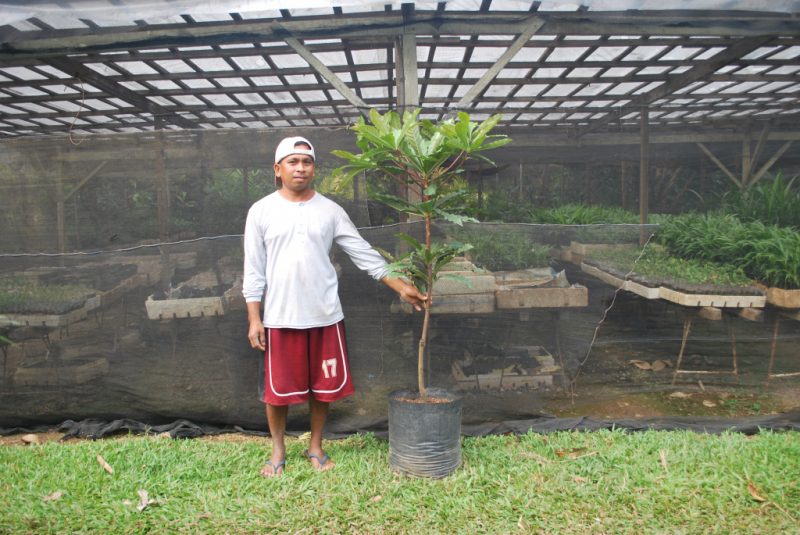
Sometimes you can hear the second name of the species - bottle ficus. Representatives of the variety at home are cultivated as bonsai with heart-shaped leaf plates having a pattern of clearly distinguishable veins on the underside. Due to the thick trunk, which accumulates moisture, the flower does not need frequent watering.
Ficus Care at Home
Although ficus belongs to unpretentious cultures, its exotic nature requires compliance with certain rules.
Temperature features, lighting, humidity
One of the important features of the culture is a dislike for sudden changes in location. Therefore, before acquiring a plant, the flower grower must take care of the place where it will grow. Preference should be given to windows of the eastern and western directions, from which you can provide the light mode necessary for the ficus - a large amount of bright and scattered light. Varieties with plain leaves can be placed in partial shade.
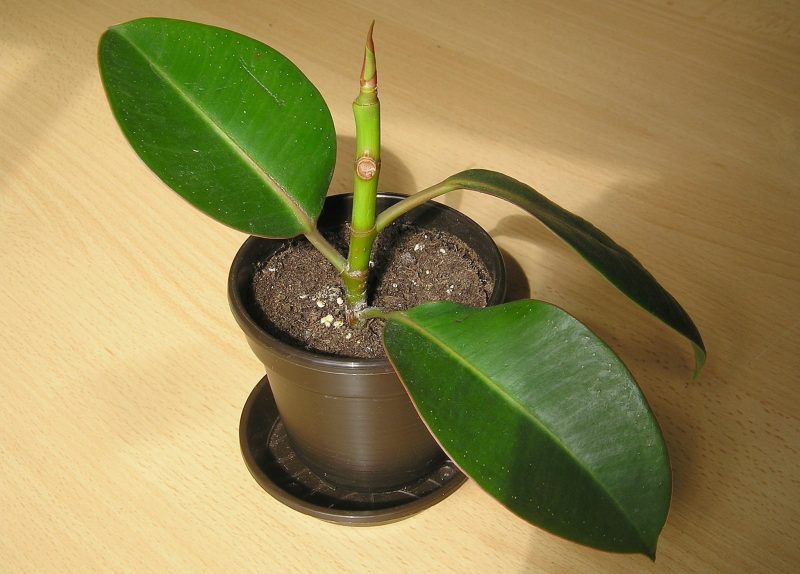
Attention! In winter, with a short daylight, the flower needs additional illumination with the help of fluorescent lamps.
It is not difficult for a heat-loving plant to provide the necessary temperature regime, which:
- in the summertime is 25 - 30 ° C;
- in the winter season - 16 - 20 ° C.
For almost all members of the genus, with the exception of the dwarf ficus, the maximum permissible value below which the temperature should not fall is 12 ° C.
A tropical plant requires a high level of humidity for normal development, which can be achieved by regular spraying with purified water at room temperature.
So that there are no traces of water on the glossy sheet plates, you should periodically wipe them with a damp sponge, which also frees the flower’s breath from dust.
Soil requirements

In order for the plant to become an interior decoration and maintain decorative qualities for many years, you should grow a representative of the tropics in a fertile soil mixture purchased in a store or prepared independently. When preparing the substrate with your own hands, sheet, turf, peat and sand are taken in equal parts. If there is no extra time for such manipulations, then you can purchase a special substrate for ficus.
Watering and feeding
When watering, it is necessary to control the humidity of the earthen coma. This is important to prevent drying out of the soil, leading to the dumping of leaves, and its overmoistening, which provokes the development of gray rot. If the substrate has dried to a depth of 2 phalanges of the finger, then it should be moistened with another portion of warm, standing water.

Important! In the case of large specimens, drying of an earthen coma on 6 phalanges is permissible.
To make the plant lush and with beautiful leafy plates, it is recommended to systematically feed the flower with liquid mineral fertilizers with an interval of 10 days. For solid forms, complexes with a high nitrogen content are used, which stimulate the growth of green mass. However, if the grower is the owner of a variegated variety, then the introduction of nitrogen should be limited so as not to lose the bizarre pattern.
Crown trimming and decoration
Ficus needs pruning for two reasons: rejuvenation and shaping the crown. Formative pruning allows you to get a bush, a standard plant, a bonsai and even a sculpture. But before starting the haircut, it is worth considering the specifics of the species: for example, in the case of rubber-bearing ficus, trimming the central shoot will not lead to branching. Sanitary pruning is carried out every spring when diseased, damaged and old shoots are removed from the plant.
General rules for pruning, which are recommended to be observed regardless of type and grade:
- Prior to cutting, the appearance of the plant should be presented after completion of the procedure.
- To carry out a haircut only with a sharp and disinfected tool.
- Make a cut should be at an angle.
Plant transplant
Young specimens are transplanted annually in pots with a diameter exceeding the previous one by 2 - 3 cm. For adults, tall plants, the top layer of the substrate is updated every spring. A transplantation of adult specimens is carried out only after the appearance of roots in the drainage holes, which indicates the complete braiding of the earthen coma by the root system.
The procedure is carried out according to the following scheme:
- A new pot is selected, on the bottom of which a layer of drainage material is placed.
- A flower is being transferred to a new container along with an old earthen lump.
- The remaining free space is filled with fresh, nutritious substrate.
How to care in winter

Caring for ficus in winter involves reducing the volume and frequency of water procedures, as well as top dressing. But if the ficus continues to be kept under summer conditions (long daylight hours, high temperatures), then hydration is carried out in the same mode, and top dressing is carried out once every 1.5 months with a half dosage.
Pests and diseases - how to treat?
Ficus has a good immunity to disease damage. However, with systematic waterlogging in the soil, a root rot fungus can begin to develop, affecting the root system of the culture. It is impossible to cure this disease, therefore, to protect other plants from infection, you should immediately throw away the flower, and give up the pot to heat treatment.
Of the pests on the ficus, the following are most often noted:
- Spider mite, mealybug and scale insect. To protect the plant from insects that feed on leaf juice, it is necessary to systematically spray it. If the pest has already populated ficus, then an insecticide should be treated.
- Aphid. Insect colonies breed very quickly and spread to other plants. To prevent this, you can use a soap solution. With strong occupancy, preference is given to chemical methods of protection.
- Nematodes. This is a soil pest that populates the roots of the ficus, as a result of which the populated instance dies.
Ficus propagation
At home, ficuses propagate by vegetative receptions.
Apical cuttings

The procedure is carried out in the spring-summer period:
- Planting material 10-15 cm long is cut from the apical part of the shoots at an angle.
- The leaf plate in the internodes 1 cm above the cut is removed or shortened by ⅓.
- Milky juice is washed off under running water, after which the cuttings are dried for several hours in fresh air, and then treated with a growth stimulator.
- Cuttings are buried in the soil mixture of peat and sand in equal parts to the second internode.
- Plantings are covered with a film, which allows you to create greenhouse conditions with the required level of humidity and temperature values.
- When new young leaf plates are formed, which are evidence of the rooting of the cuttings, young plants are planted in individual pots.
Air layering
A similar method is carried out rejuvenation of ficus, which during the growth process has lost the lower tiers of leaf plates and began to look not well-groomed.
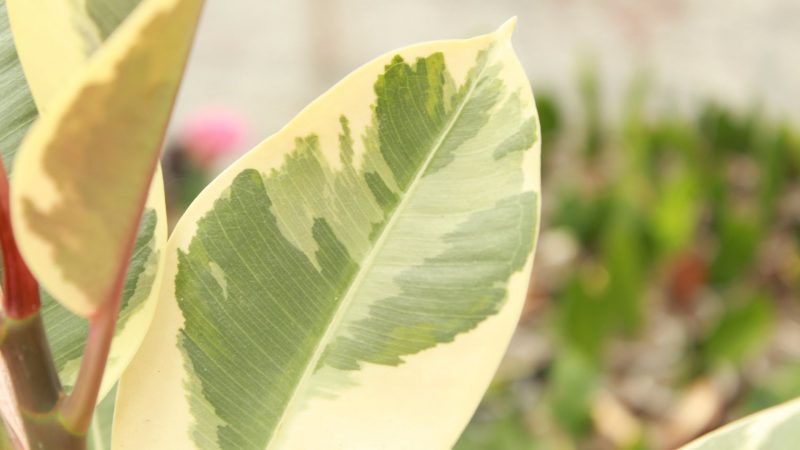
During the procedure:
- On a bare trunk, oblique incisions are made in a circle.
- The injured area is wrapped with wet moss and fixed with tape.
- Sphagnum is moistened systematically.
- After the formation of the roots of the layers, slightly below the damaged area, it is cut off and planted in a prepared pot with drainage and substrate for an adult plant.
Leaf
This method is not similar to the well-known leaf propagation applied to other potted crops. To implement this technique, a stalk with one leaf plate is actually used.

To achieve success, follow this algorithm:
- An oblique cut of the cut is done along the node itself.
- Planting material is placed in a mixture of sand and peat to the petiole of the leaf plate.
- A sheet folded into a tube is fixed with a thin strip of tape or electrical tape, depending on what is at hand.
- Using the film, a mini-greenhouse is created, under which the moisture level of the soil mixture is constantly monitored.
- Planting the rooted cuttings is carried out after the appearance of a young leaf.
What problems can the flower grower face?

Growing a representative of tropical flora may be accompanied by some difficulties:
- Yellowing, falling of leaves and darkening of the stem. Excessive watering causes this situation. To fix the problem, it is worth replacing the substrate with the accompanying removal of the rotted parts of the root system.
- Browning leaves.It is observed with a deficiency of nutrients in the soil, which should be systematically enriched.
- Drying leaf tips. The difficulty associated with low humidity, to cope with which will allow regular spraying and a warm shower once a week.
- The formation of red spots. If the flower is not placed correctly, direct rays of the active sun can lead to burns that look like spots with a diameter of 1-3 cm.
Thus, compliance with simple rules for the care and maintenance of ficus is the key to health and longevity of a beautiful representative of the tropical flora, which will decorate the interior of the room and clean its air of toxins.


